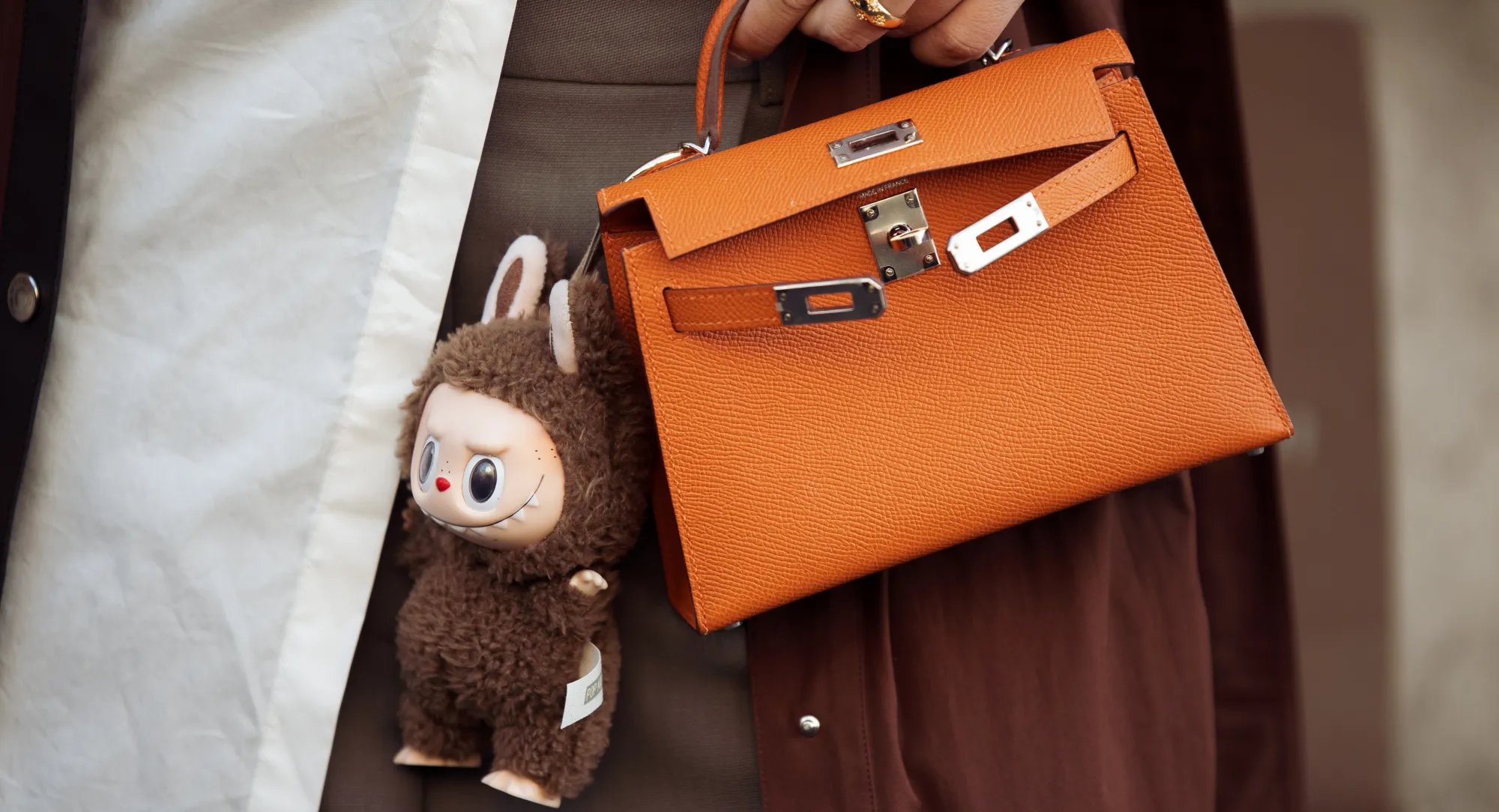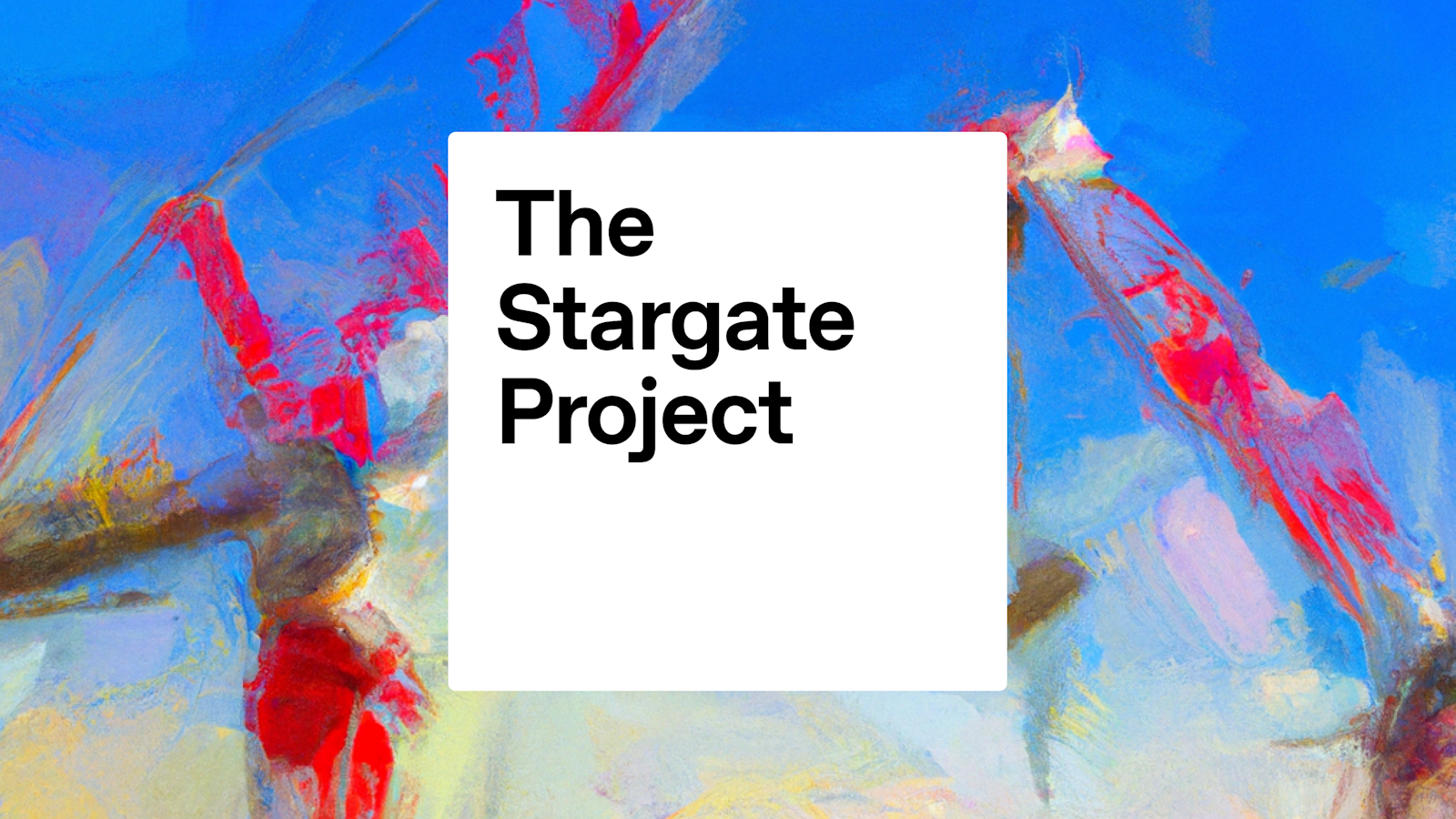Introduction: The $850 Plush Goblin
Someone recently paid $850 for Labubu, a whimsical plush “goblin” that looks like it tumbled out of a toy vending machine. No diamonds. No luxury label. Just soft fabric, stitched charm, and a compelling backstory. To many, this might appear irrational or even comical. But this decision reveals a deeper truth about human behavior and modern commerce.
Consumers don’t just buy products. They buy what those products represent. They seek meaning, identity, belonging, and status. They want to feel like they are part of something larger than themselves. When a brand taps into that emotional current, it creates far more than a transaction. It creates a relationship. One that goes beyond the material and into the psychological.
In this article, we’ll explore:
- Why high price can actually increase demand
- How consumers use purchases to project identity
- The importance of belonging and brand tribes
- How emotional storytelling fuels brand obsession
- And how to apply this through strategic storytelling and community building
1. The Price-Tag Illusion: Veblen Goods and Status Signaling
What Is the Veblen Effect?
In classic economic theory, demand decreases as prices rise. But in luxury markets, we often see the opposite. Some products actually become more desirable when they are more expensive. This is known as the Veblen effect, named after economist Thorstein Veblen.
Veblen goods are items where the value is partly, or entirely, in their perceived exclusivity. The high price doesn’t scare buyers away. It attracts them. It serves as a public signal of wealth, taste, and status.
Why It Matters
When consumers buy something expensive, they are not always buying better quality. Sometimes, they are buying a symbol. A designer handbag, a $1,000 t-shirt, or a limited-edition collectible toy is not just an item. It is a signal that says, “I am different. I can afford this. I belong to a certain group.”
For brands, this means pricing is not just a financial decision. It is a branding decision. A high price can create desire, curiosity, and prestige, especially when combined with scarcity and cultural credibility.
2. Conspicuous Consumption: Buying Identity Over Utility
Where the Term Comes From
Thorstein Veblen coined the term “conspicuous consumption” in 1899 to describe spending that is meant to show off wealth and social position. These purchases were not just about using the product. They were about being seen with it.
What It Means Today
Today, this behavior is more widespread than ever, but it has evolved. Consumers now seek more than status. They seek identity. They want to be seen as stylish, ethical, creative, or unique.
A Patagonia jacket might say, “I care about the environment.” A rare sneaker might say, “I follow the culture.” A limited-edition collectible says, “I’m in the know.”
Social media has intensified this effect. Purchases are not just private anymore. They are shared, filmed, and posted. Consumers are curating not just their homes or closets, but their personal brands.
3. The Power of Tribes: From Brand Communities to Brand Tribalism
What Are Brand Tribes?
A brand tribe is a group of customers united by a shared identity, belief system, or way of life. They don’t just like the brand. They live it. The brand becomes a part of how they define themselves and connect with others.
Think about Apple fans, Harley-Davidson riders, or sneaker collectors. These aren’t just customers. They are members of a community that sees the brand as part of their lifestyle.
How to Build a Tribe
- Identify shared values by observing and listening to your audience
- Create distinct visual and verbal markers such as logos, rituals, and language
- Provide spaces for connection through events, forums, and online groups
- Celebrate members and make them feel seen and appreciated
When people feel like your brand understands them, they turn into loyal supporters. They become proud to share your message and bring others into the tribe.

4. Case Study: Labubu’s Meteoric Rise
Labubu, created by artist Kasing Lung and distributed by Pop Mart, is a powerful example of modern brand storytelling and community building.
The toys are sold in “blind boxes,” meaning buyers don’t know which version they’ll receive until they open it. This creates surprise and excitement. But that alone doesn’t explain the craze.
Labubu gained traction when it was picked up by trendsetters and influencers. Celebrities like Lisa from Blackpink and Kim Kardashian were seen with them. Suddenly, these toys became desirable, not because of the toy itself, but because of what owning one signaled.
Rare editions sold for thousands of dollars. One life-sized Labubu sculpture was auctioned for more than €130,000. People weren’t just buying a plush toy. They were buying entry into a world of cultural relevance, creativity, and exclusivity.
Labubu is not a toy. It is a badge of identity.
5. Crafting a Compelling Brand Story
What Makes a Story Resonate
People connect with stories more than facts. A great story explains what a brand stands for, how it makes the customer’s life better, and what kind of person they become when they use it.
The most effective stories:
- Begin with a clear mission or “why”
- Reflect the values of the customer
- Spark emotional connection through challenges and transformation
How to Build Your Brand Story
- Research your customers. What do they care about? What problems are they trying to solve?
- Define your brand’s purpose. What role do you play in helping them?
- Build your experience to match that story—from design to tone to service.
- Share the story consistently across every platform.
- Let your customers participate by sharing their own experiences and perspectives.
When people see themselves in your story, they trust you. And when they trust you, they buy from you, support you, and talk about you.
6. Bringing Tribe and Story to Life
To move from a product-based brand to a meaning-based brand, you need to combine narrative with shared experience.
Here are four steps to do that:
- Get to know your audience through real conversations and behavior data.
- Develop identity markers like visuals, phrases, or product rituals that people can adopt and share.
- Create opportunities for people to connect with each other under your brand, whether online or in person.
- Keep the story active by inviting your customers to contribute through content, reviews, challenges, and product feedback.
When customers help tell the story, they don’t just feel included. They feel like owners.
Conclusion: Humans Buy Identity
In the end, we are not just buying things. We are buying a better version of ourselves. We are buying access to a group, a feeling, a memory, a signal.
That is why the most successful brands don’t just sell products. They sell purpose. They sell perspective. They make people feel something, and they help people become someone.
If you want your brand to stand out, don’t start with what it does. Start with what it means.
Fix the story, and everything else, pricing, features, demand, loyalty, will follow.














Discussion